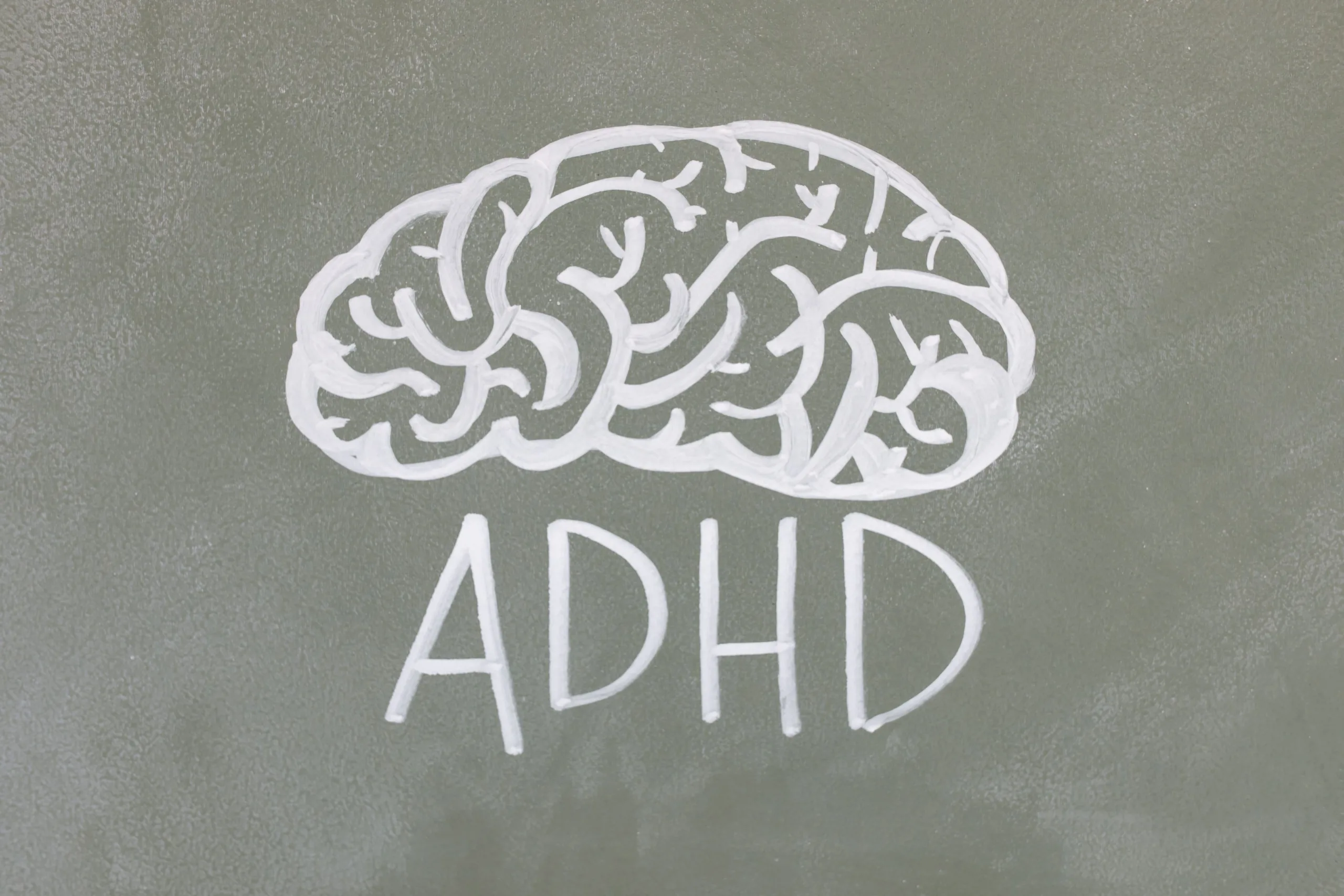October is ADHD Awareness Month, making it the perfect time to raise awareness about what ADHD and ADD are and what is happening within the brain.
Attention Deficit Disorder (ADD) and Attention Deficit Hyperactivity Disorder (ADHD) are buzzwords that we normally hear associated with children and teens. Yet, it is becoming commonplace in adults, with more than 5% of adults globally being diagnosed.
But do we know what it is and how it impacts the lives of those people who struggle with it?
Attention Deficit Disorder (ADD) vs Attention Deficit Hyperactivity Disorder (ADHD)
Focus or concentration is the ‘spotlight’ that allows us the ability to pick out one object, task, or thought and work on it to the exclusion of other things.
Individuals with ADHD not only lack an adequate level of arousal, but they also can not usually focus on any one task for an extended time. For the most part, sitting still, focusing, and concentrating is painful. It is not just painful, it is exhausting.
Give it a try.
Turn on the TV, radio, and Apple music, and then have every member of your family talk to you at the same time, you will get a feel for what the brain of the person with ADHD is going through. You end up paying attention to everything and nothing at the same time. With stimulus overload, you cannot focus on any one thing long enough to deal with it!
An Overwhelmed Brain
In today’s modern world, our brains are constantly bombarded with sounds, images, and touches. One of the brain’s most important jobs is controlling the border between all that noise in our minds and deciding what gets in and what gets out.
Some people can sit quietly for hours in a classroom or a meeting, they screen out everything except what’s essential to them. They may produce lots of impulses to get up or interrupt, but they don’t act on them. While every brain is equipped with a filtering screening system, not every brain does that job so well! It constantly and automatically sets the rules for what’s important.
Screening is a constant job, even when you’re sleeping, and it can take a lot of energy depending on how noisy the environment is and how still you’re supposed to be. Some brains can’t meet the challenge over long periods.
Low-energy brains tend to think with intuition and images instead of words. Not only do they live inside their minds and have to push their attention out, but they solve the problem of controlling the border by closing it much of the time. They may fall asleep easily but have trouble waking up. People call them inattentive or learning disabled, but they’re creative. They can still be and keep themselves busy over long periods. They have a strong inner world, but they’re stuck there.
Protecting brain energy
Other brains have energy, but they don’t have an inside world to protect.
They live outside their borders, paying attention to the noise, and acting on all impulses without choosing those that are most important. They lack the idling brain speed, so they can’t rest, even when there’s nothing to do. Also, they may have difficulty falling asleep but wake up quite easily. People call them hyperactive. Many are fearless and tireless and get things done, but they hate to be alone or still. They can dominate the outside world, but they’re stuck there.
Sure, there are pills, diets, and supplements to help your brain control the border, but they’re temporary cover-ups. They don’t change the way they make and use energy lastingly.
So how can you energize slow brains and quiet active ones?
This is where Neurofeedback comes in.
Neurofeedback for ADD or ADHD
Unlike typical medications currently on the market that help the brain concentrate when needed, Neurofeedback Brain Training addresses the high Theta Beta ratio in people with ADD or ADHD.
It raises dopamine naturally in the brain by raising the brain’s sensory motor rhythm (SMR) at the Central Lobes. This is exactly what current medications also do whilst the medication is active, but once it wears off, the brain reverts behaviors to its known behaviors.
This is usually done while a patient is watching videos, assisting in enhancing their concentration, while we build dominoes on their bodies, this also teaches them to filter out distractions all the while their brain is creating new neural pathways.
It also teaches people with ADD to think in pictures and has a series of games that teach them how to see more detail. Or, it uses schoolwork to show them how to link the work to pictures, also known as memory pegging.
At the same time, they also look at improving emotional balance and sensory integration, which we often find are out of sync with many people struggling with ADD and ADHD.
Want to know more?
Neurofeedback may not only assist with ADD or ADHD, but it may also help protect the brain against the effects of alcohol.



![women [longevity live]](https://longevitylive.com/wp-content/uploads/2020/01/photo-of-women-walking-down-the-street-1116984-100x100.jpg)










